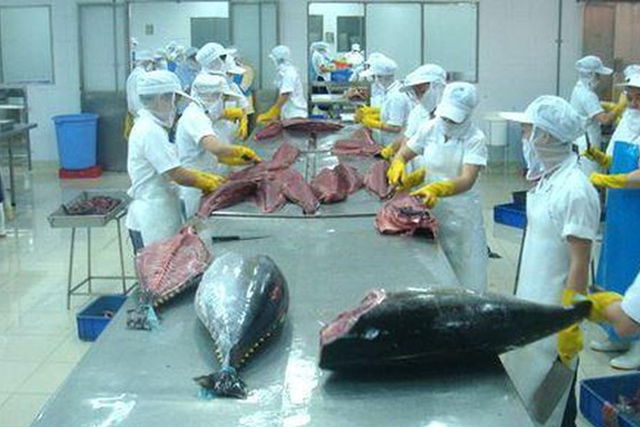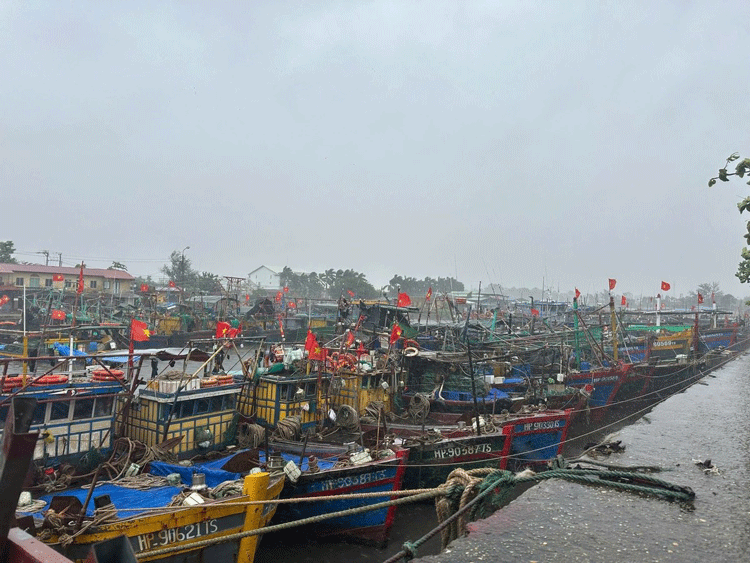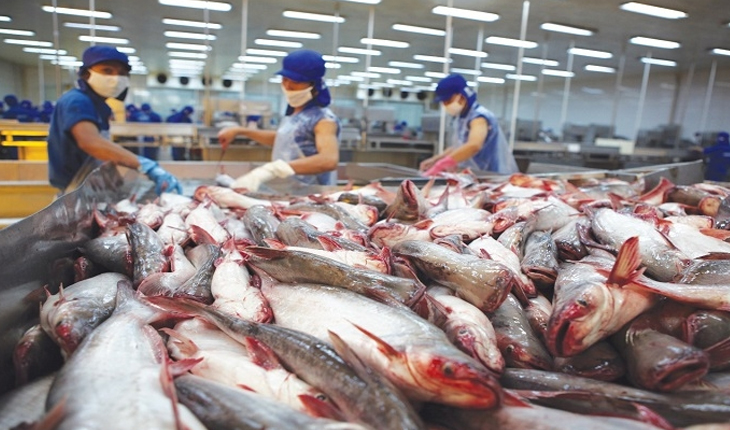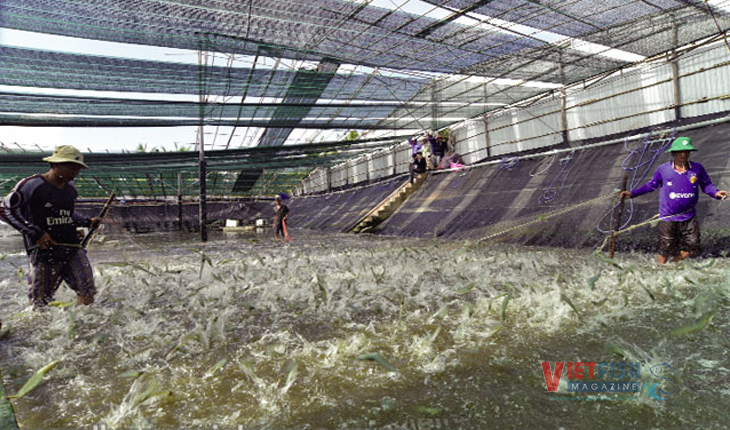A decade ago, Vietnam’s tuna industry was ranked only 8th on the global export map. Cao Thi Kim Lan, Director of Binh Dinh Fisheries Joint Stock Company (Bidifisco), recalls that period when Vietnam primarily had small-scale processing enterprises. To meet the demand for processing and export, Vietnam’s companies had to import raw tuna through numerous intermediaries, leading to high costs and expensive prices.
Vietnam’s improvements in machinery, technology, and sales skills over these years have helped Vietnamese products penetrate many markets worldwide, marking a significant breakthrough with export revenue surpassing the $1 billion mark for the first time in 2022.
Although 2023 saw a decline in export revenue, falling short of the $1 billion mark due to global market challenges, Vietnam secured its position as the 5th largest tuna exporter in the world, just behind Thailand, Ecuador, Spain, and China.
According to Cao Thi Kim Lan, Vietnam’s tuna industry has achieved remarkable growth with many enterprises growing in scale and technology. Vietnamese companies have started to purchase raw materials directly from international fishing vessels, bypassing intermediaries and significantly reducing costs.
Vietnam is now a preferred destination for raw tuna suppliers due to its large production capacity, advanced technology, and flexible import policies with tax incentives. Global suppliers particularly choose Vietnam for its easy import procedures and high reputation.
Looking ahead to 2024, Vietnam’s tuna industry is strongly recovering, with export revenue reaching $388 million by the end of May, an increase of 22% compared to the same period last year. Companies are hopeful that the tuna industry will have the opportunity to return to the $1 billion mark in the coming year.
Issues related to certification of raw materials, minimum size regulations, and new import requirements into the EU still need to be addressed for Vietnam’s tuna industry to continue its robust growth.
VFM






